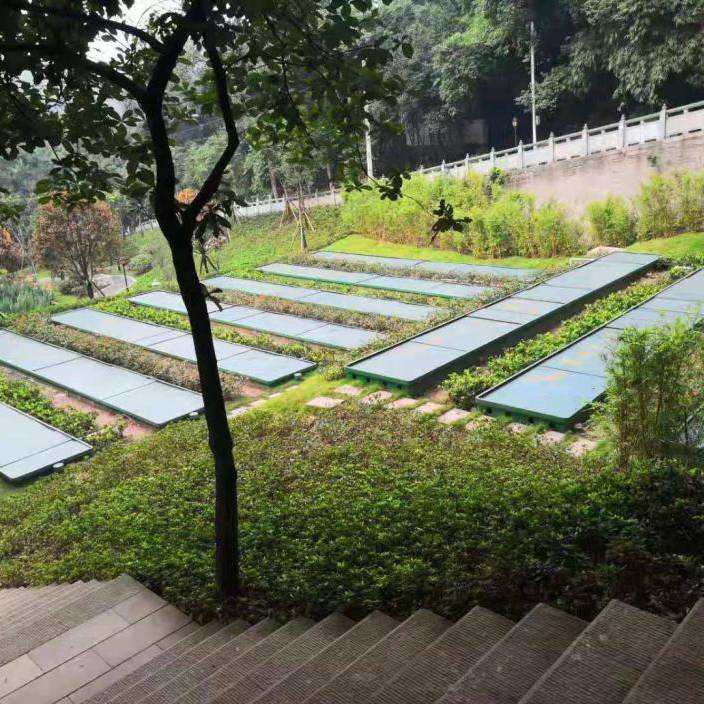Chongqing City, China
Location: Chongqing City, China
Time: 2019
Treatment Capacity: 10 WWTPs, the total treatment capacity is 4,000 m3/d
WWTP Type: Decentralized Integrated FMBR Equipment WWTPs
Process: Raw Wastewater→ Pretreatment→ FMBR→ Effluent
Project Brief:
In January 2019, Chongqing Jiulongpo scenic area adopted FMBR technology to treat the wastewater in the scenic area. The WWTP is integrated with surrounding environment of the scenic area. The treatment capacity is 4,000 m3/d. After treatment, the effluent is clear and replenished to the lake in the scenic areas.
FMBR technology is a sewage treatment technology independently developed by JDL.The FMBR is a biological wastewater treatment process that removes carbon,nitrogen and phosphorus simultaneously in a single reactor.Emissions effectively solve the “neighboring effect”. FMBR successfully activated the decentralized application mode, and is widely used in municipal sewage treatment, rural decentralized sewage treatment, watershed remediation, etc.
The traditional wastewater treatment technology has many treatment processes, so it needs lots of tanks for the WWTPs, which makes the WWTPs a complicated structure with big footprint. Even for a small WWTPs, it also needs many tanks, which will lead to a relative higher construction cost. This is the so called “Scale Effect”. At the same time, the traditional wastewater treatment process will discharge a large number of sludge, and the odor is heavy, which means that the WWTPs can be built near the residential area. This is the so called “Not in My Backyard” problem. With these two problems, the traditional WWTPs are usually in big size and far away from the residential area, so large sewer system with high investment is also required. There will be also a lot of inflow and infiltration in the sewer system, it will not only contaminate the underground water, but will also reduce the treatment efficiency of the WWTPs. According to some studies, the sewer investment will take around 80% of overall wastewater treatment investment.











